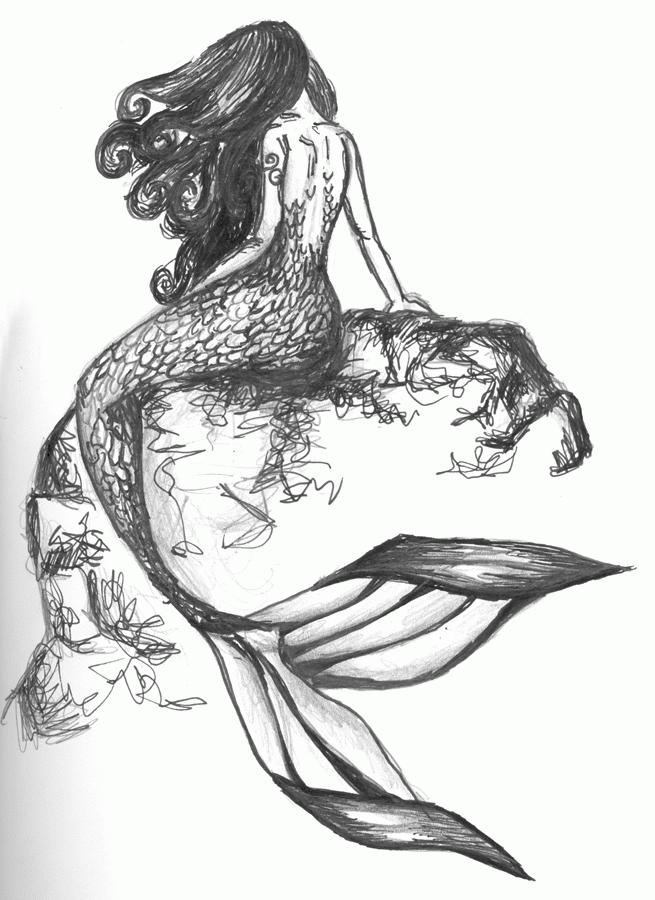The Bloody Stories Behind Your Childhood’s Beloved Films
November 30, 2016
In America, Disney movies have greatly impacted the lives of many children. School plays are cast, beautifully illustrated storybooks written, and Halloween costumes fashioned to capture the beloved Disney movies so many children adore. But what are the original stories that inspired these Disney films?
The original stories that inspired the Disney films of “Sleeping Beauty,” “Cinderella” and “The Little Mermaid” are too horrific to be cast on the screen. Based on ancient stories and fairy tales, these films that are cherished by so many children were initially filled with evil, horror and gore.
In the Disney version of “Sleeping Beauty,” Aurora, a princess, is cast into a spell that condemns her to sleep for eternity by pricking her finger on a spindle wheel. This spell can only be broken by a true love’s kiss. Prince Phillip goes through multiple dangerous endeavors, such as fighting a dragon, to reach Aurora and kiss her. In the resolution of the film, the spell is broken by a kiss and the kingdom lives “happily ever after.”
This story for children was based on a much darker tale by Giambattista Basile, “Sun, Moon, and Tali,” published in 1634. According to this tragedy, Princess Talia pricks her finger on a spindle wheel, causing her to fall asleep. Stricken by grief, the king locks his daughter away in a castle that he then abandons. Hundreds of years later, a hunter finds the princess and, captivated by her beauty, rapes her. Talia is later awoken by the birth of her children.
The Disney account of Cinderella is that of an orphaned girl forced to work as a maid for her evil, pretentious stepmother and stepsisters. When a prince hosts a ball to find a proper wife, Cinderella’s godmother gives her a dress and carriage so she can attend the ball. After dancing with the prince, Cinderella is forced to leave hastily at midnight, leaving behind an abnormally small glass slipper. Because she enthralled the prince with her beauty, the prince searches for Cinderella by having every lady try on the tiny shoe. Eventually, Cinderella is found and she marries the prince.
However, in the Brothers Grimm version, published in 1812, Cinderella’s stepsisters cut off their toes and heels to fit into the tiny glass slipper. Once Cinderella is discovered, she invites her stepsisters to her wedding, where their eyes are pecked out by birds.
In 1837, Hans Christian Anderson wrote the first version of the “Little Mermaid,” which tells the story of a young mermaid who is willing to give up her life in the sea to become a human. In the Disney film “The Little Mermaid,” a love story between the young mermaid and a prince is captured through a beautifully animated movie. And, of course, they live “happily ever after.”
In Anderson’s story, the finale is much different. Because the prince plans to marry another woman, the mermaid, who turned herself into a human, wants to become a mermaid again. But to do this, she would have to kill the prince, which she cannot bring herself to do. So, instead, she commits suicide.
The original stories of many Disney films are too sad or terrifying to be told to children. Even though these tales initially contained so much evil, Walt Disney manipulated them into films that tell tales of love, morals, and adventure, tales that children look up to and wish to emulate.
